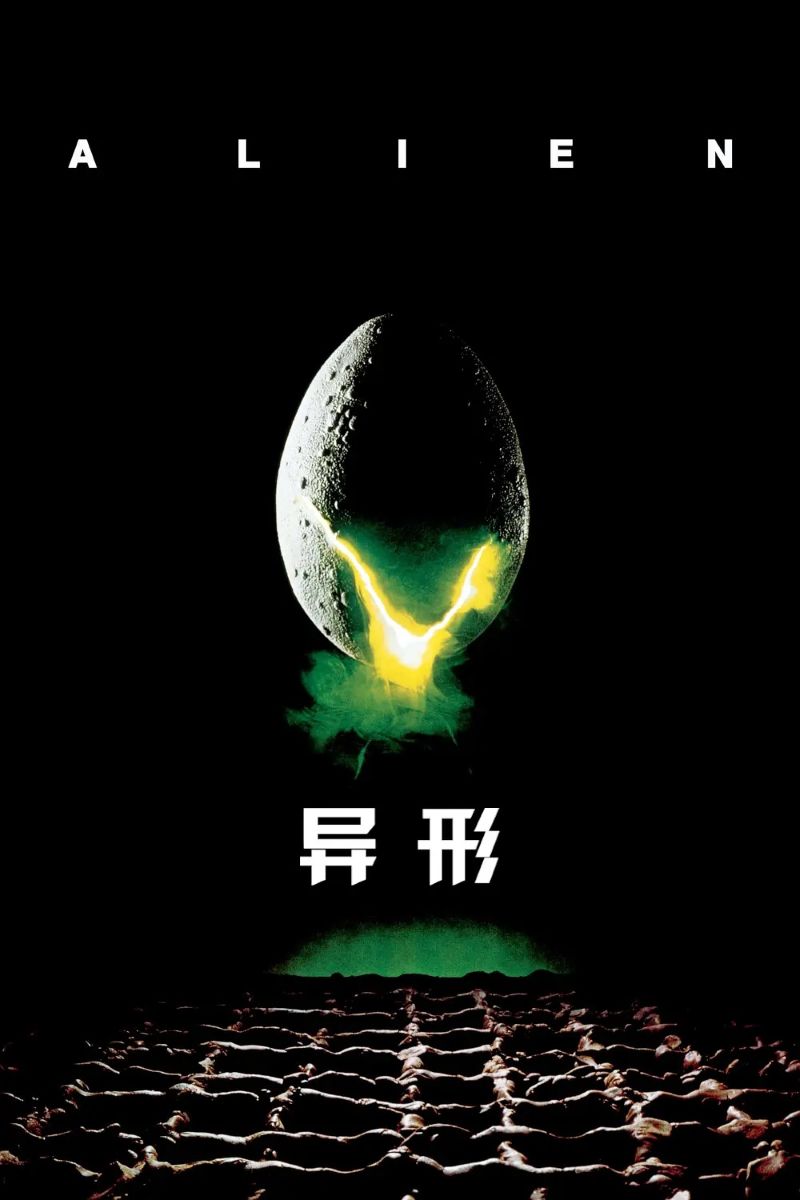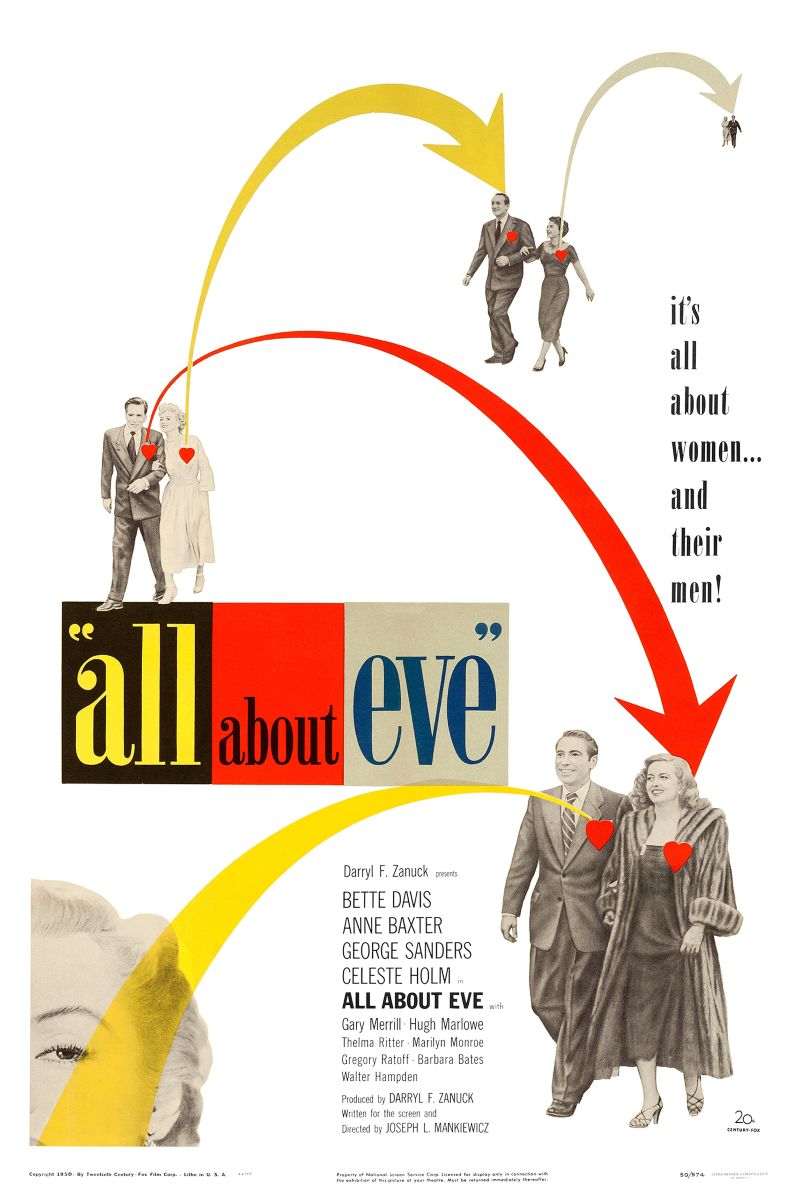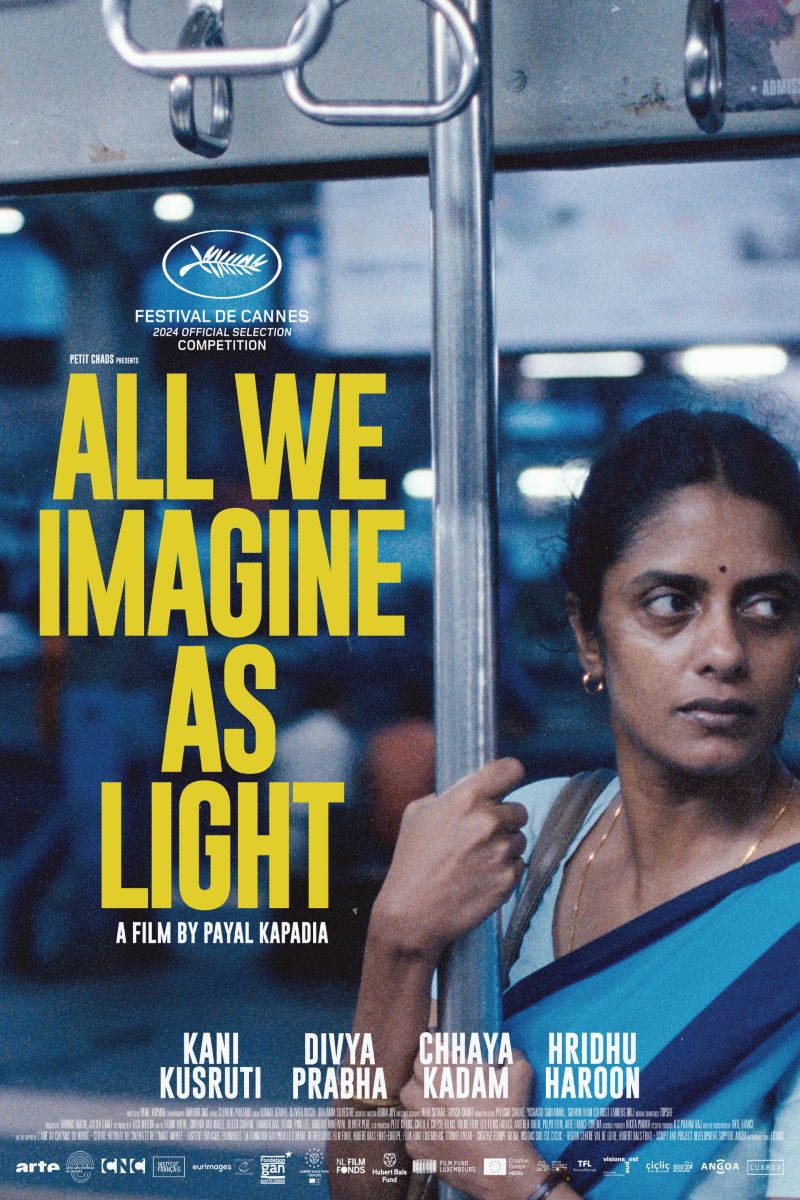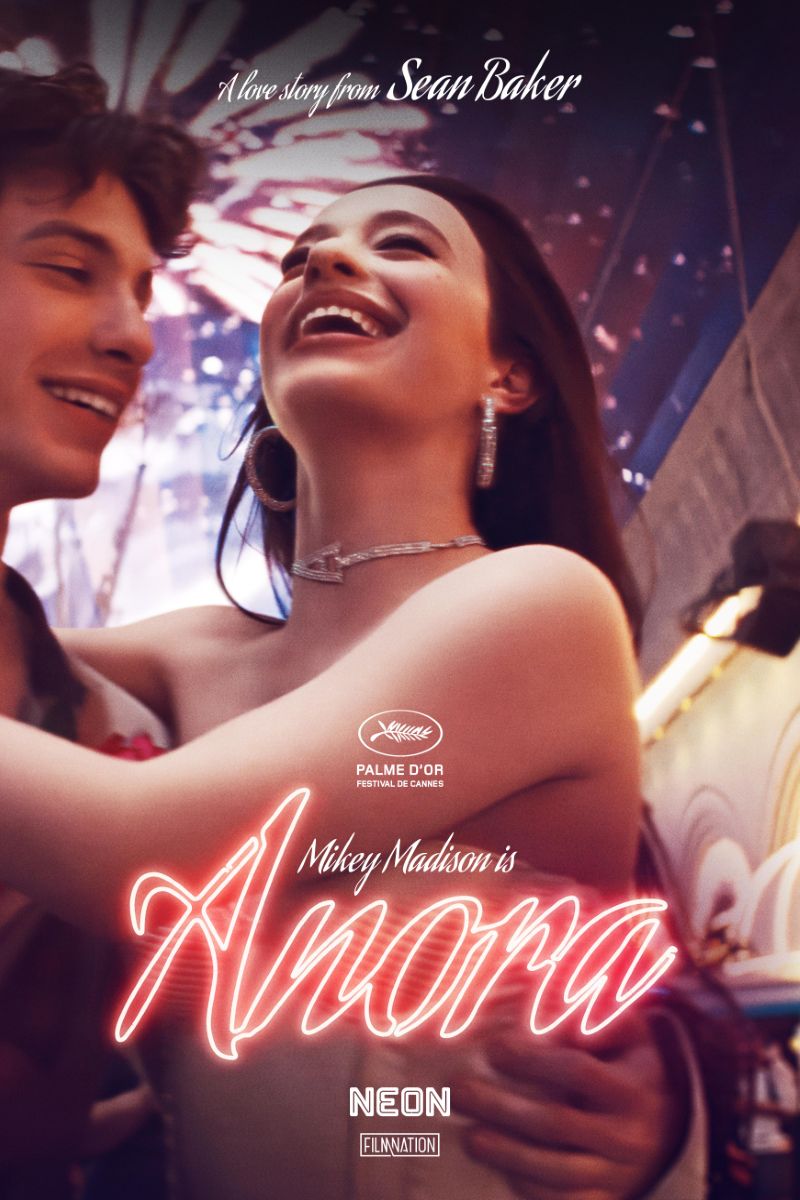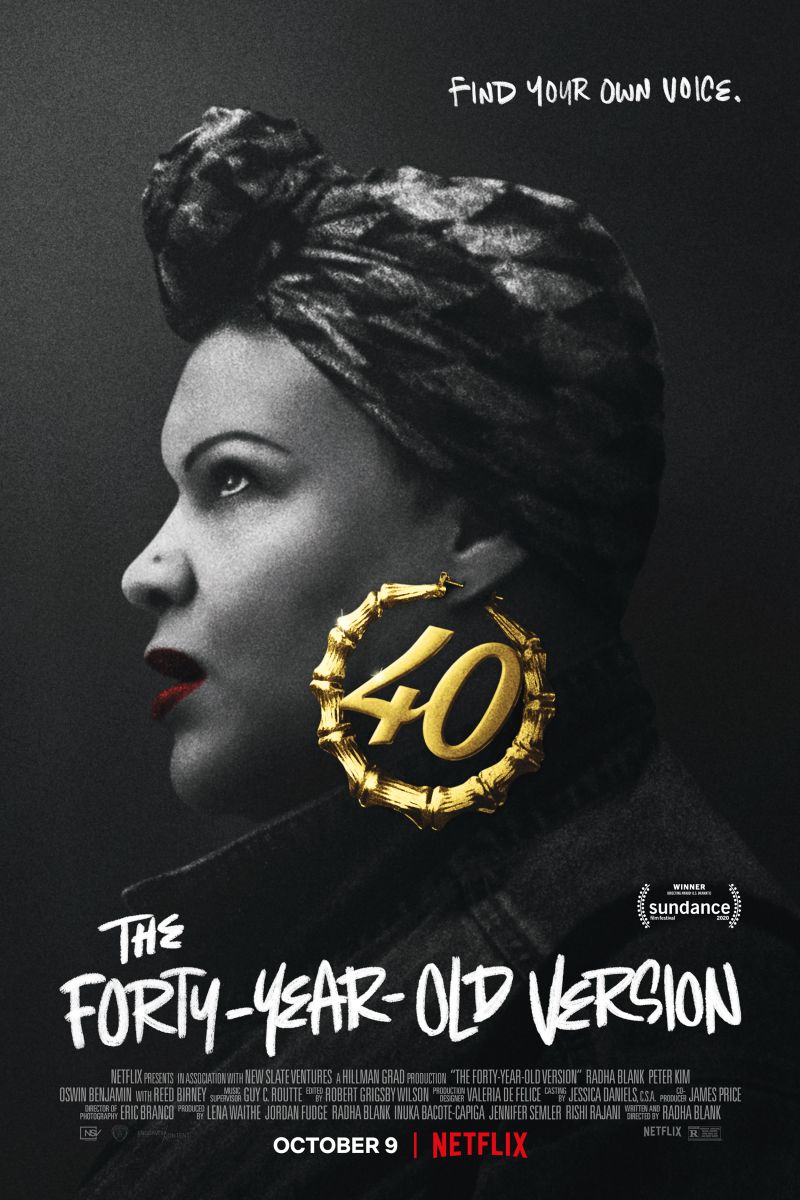
The Forty-Year-Old Version
The Forty-Year-Old Version
Nearly 40-year-old African American playwright Radha decides to reinvent herself as a rapper after facing setbacks in New York's art world. This semi-autobiographical black-and-white film deeply explores ageism, intersectional oppression of race and gender, artistic autonomy, and middle-aged women's identity reconstruction in male-dominated industries.
Cast
Related Topics
🎥 Film Analysis & Review
The Forty-Year-Old Version is Radha Blank’s semi-autobiographical work that she wrote, directed, and starred in, a black-and-white independent film that stands as an important milestone in contemporary feminist cinema. Through the artistic transformation journey of nearly 40-year-old African American playwright Radha—from frustrated theater creator to emerging rapper—the film deeply explores intersectional oppression, structural inequality in the arts industry, middle-aged women’s identity reconstruction, and Black women’s struggle for voice in white-dominated cultural industries.
From an intersectional feminist perspective, Radha’s identity bears the heavy burden of multiple forms of marginalization. As a Black woman, she faces dual discrimination of race and gender in the white male-dominated New York theater world; as a middle-aged woman, she confronts ageism in the youth-obsessed hip-hop culture; as an independent artist, she experiences economic marginalization in the commercialized entertainment industry. The film demonstrates through Radha’s experiences how these identities interweave to create unique and complex oppressive experiences while also revealing the creative breakthroughs that intersectional identity can bring.
The film’s portrayal of intersectional racial and gender oppression carries sharp critical force. In the theater world, white producer Whitman demands that Radha add white protagonists or more violence to her script to make it more “authentic” to the Black experience. This cultural appropriation and stereotyping reflects how white power structures maintain their cultural hegemony by controlling narratives. Radha’s rap song “Poverty Porn” brilliantly exposes this phenomenon: “No happy blacks in the plotlines, please / but a crane shot of Big Momma crying on her knees / for her dead son, the b-ball star, who almost made it out.”
From arts and performance perspectives, the film demonstrates challenges female artists face at different career stages. Theater creation requires institutional support and financial investment, forcing Radha to cater to white sponsors’ expectations; while hip-hop music’s relative independence provides her with more creative autonomy. However, hip-hop culture’s acceptance of women, especially middle-aged women, is also limited. The film shows how the more accessible art of rap music allows her to express herself without permission through D taking Radha to watch “Queen of the Ring” female rap battles.
The film’s contribution to cultural critique manifests in its deep revelation of structural inequality in the arts industry. Wealthy white patrons in New York theater discussing “multi-racial revivals of Fences,” “Harriet Tubman musicals,” and “all-male Steel Magnolias” satirizes privileged classes who view race and gender as marketing tools rather than lived experiences. The film exposes how “inclusivity” in the arts industry is often superficial, with real power and decision-making still held by white men.
From an economic empowerment perspective, Radha’s transformation is not only artistic but economic. As a freelance playwright and part-time teacher, she faces economic instability pressure. Hip-hop music provides her with a relatively independent economic model that, though difficult to start, doesn’t require white institutional approval. The film demonstrates middle-aged women’s courage and necessity to restart careers, challenging traditional timelines for women’s professional development.
The film’s exploration of academic feminism manifests in Radha’s teacher identity. She teaches drama in public schools, facing challenges of resource scarcity and institutional bureaucracy. As a Black female educator, she must handle both student expectations and administrative pressure. This portrayal reflects specific predicaments Black women face in academia and education—they must maintain professional authority while dealing with racial and gender bias.
From a pop culture feminism perspective, the film’s treatment of hip-hop culture holds important significance. Hip-hop historically hasn’t been welcoming to women, but Blank envisions a more inclusive possibility. Through Radha’s music creation, she shows how middle-aged Black women can find their voice in this young male-dominated cultural form. Radha’s rap works serve not only as self-expression but as expansion of hip-hop culture’s boundaries.
The film’s choice of black-and-white cinematography carries profound aesthetic and political significance. This visual style both pays homage to classic cinema and highlights the film’s artistic nature. More importantly, black-and-white imagery eliminates intuitive racial differences, forcing audiences to focus on characters’ behavior, dialogue, and emotions rather than surface racial markers. This treatment reinforces the film’s theme about identity complexity.
From female friendship and support networks perspectives, the film demonstrates the importance of women empowering each other. D, as Radha’s friend and music producer, provides not only technical support but more importantly emotional encouragement. She takes Radha to watch female rap battles, letting Radha see other women of color succeeding in rap, with this role model power crucial to Radha’s transformation.
The film’s portrayal of middle-aged female sexuality and bodily autonomy breaks social taboos. Radha satisfies her sexual needs by listening to neighbors’ sexual activities, a portrayal that boldly and humorously affirms middle-aged women’s sexual subjectivity. Blank emphasizes through this that approaching 40 doesn’t mean sexual desire disappears, nor does it mean having nothing left to say.
From creative autonomy perspectives, Radha’s transformation represents liberation from dependent creation to independent creation. In the theater world, she must cater to sponsors’ and producers’ expectations; in hip-hop music, she can directly express her thoughts and feelings. This shift is not just changing artistic forms but fundamental transformation of creative philosophy—from pleasing others to pleasing oneself.
The film’s critique of ageism carries important feminist significance. Society’s evaluation of women’s value is often closely tied to age, with 40 viewed as a watershed for women’s charm and potential. Blank challenges this prejudice through Radha’s story, proving middle-aged women can not only restart but succeed in fields traditionally belonging to young people.
The film’s treatment of motherhood and family expectations is also noteworthy. Radha has no children and no traditional stable relationship, which might be viewed as “failure” in society’s eyes. However, the film reframes this lifestyle as freedom and possibility rather than absence and regret. Her “children” are her artistic works, her “family” is her creative community.
From performance theory perspectives, Blank’s multiple identities—screenwriter, director, actor, musician—embody female artists’ multifaceted nature and creativity. She is not only the creator of narrative but also its bearer, providing a new model for female filmmaking.
The film’s success also carries industry significance. It won the Directing Award at Sundance Film Festival and achieved 99% approval on Rotten Tomatoes, proving stories centered on middle-aged Black women have broad market appeal. This success paves the way for more similar projects.
Ultimately, The Forty-Year-Old Version’s value lies in providing a powerful platform for middle-aged women’s stories, especially women of color. The film tells us it’s never too late to restart, artistic expression can be diversified, and authentic self-expression is more important than external recognition. In a society biased against both women’s age and race, Radha’s story serves as an inspirational fable about resilience, creativity, and self-realization, providing hope and insight for all women facing similar challenges.
🏆 Awards & Recognition
- • Sundance Film Festival Directing Award
- • Gotham Award Breakthrough Director
- • Independent Spirit Award Best First Feature Nomination
- • Critics Choice Award Best Comedy Nomination
⭐ Ratings & Links
Related Recommendations
Comments & Discussion
Discuss this video with other viewers
Join the Discussion
Discuss this video with other viewers
Loading comments...
